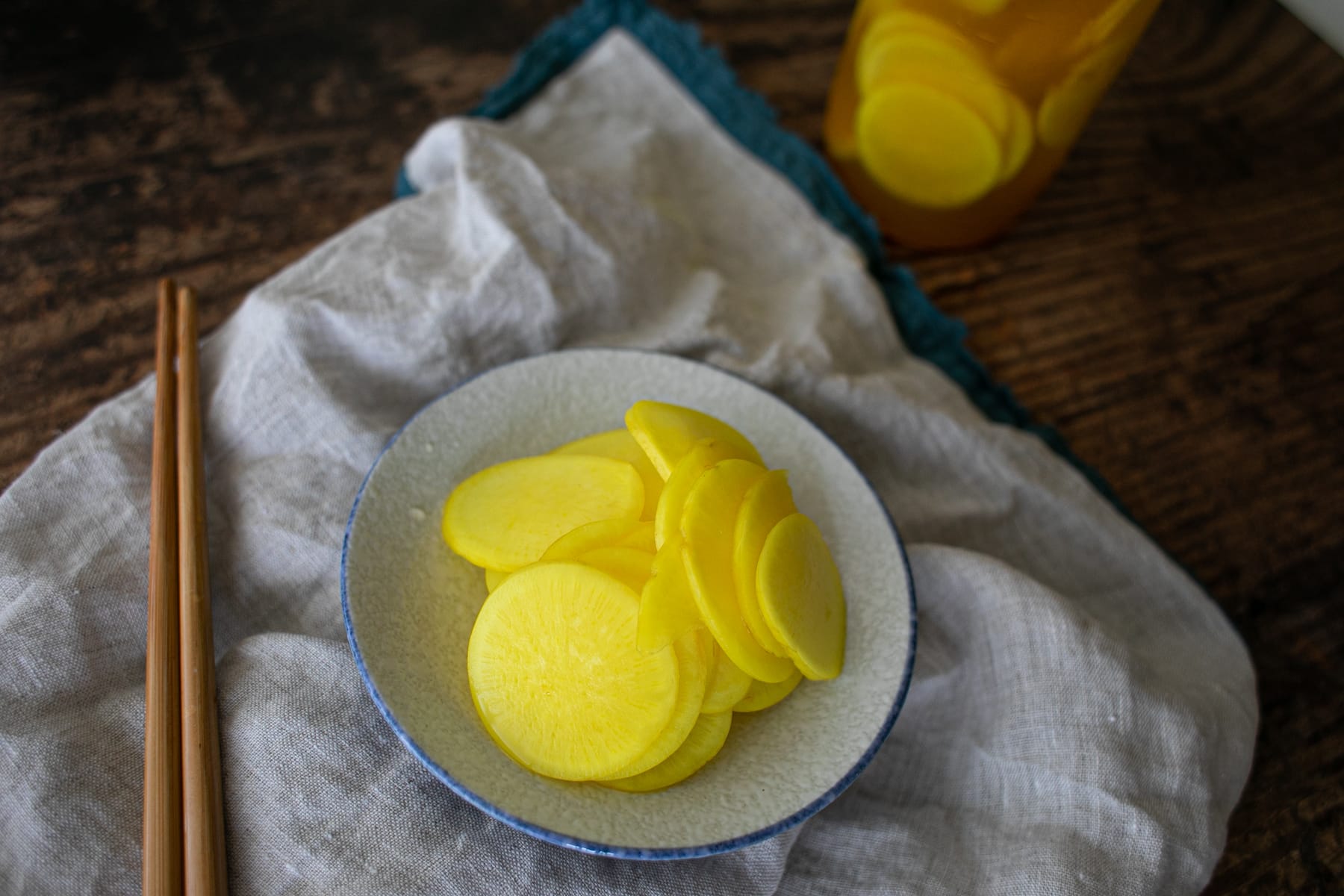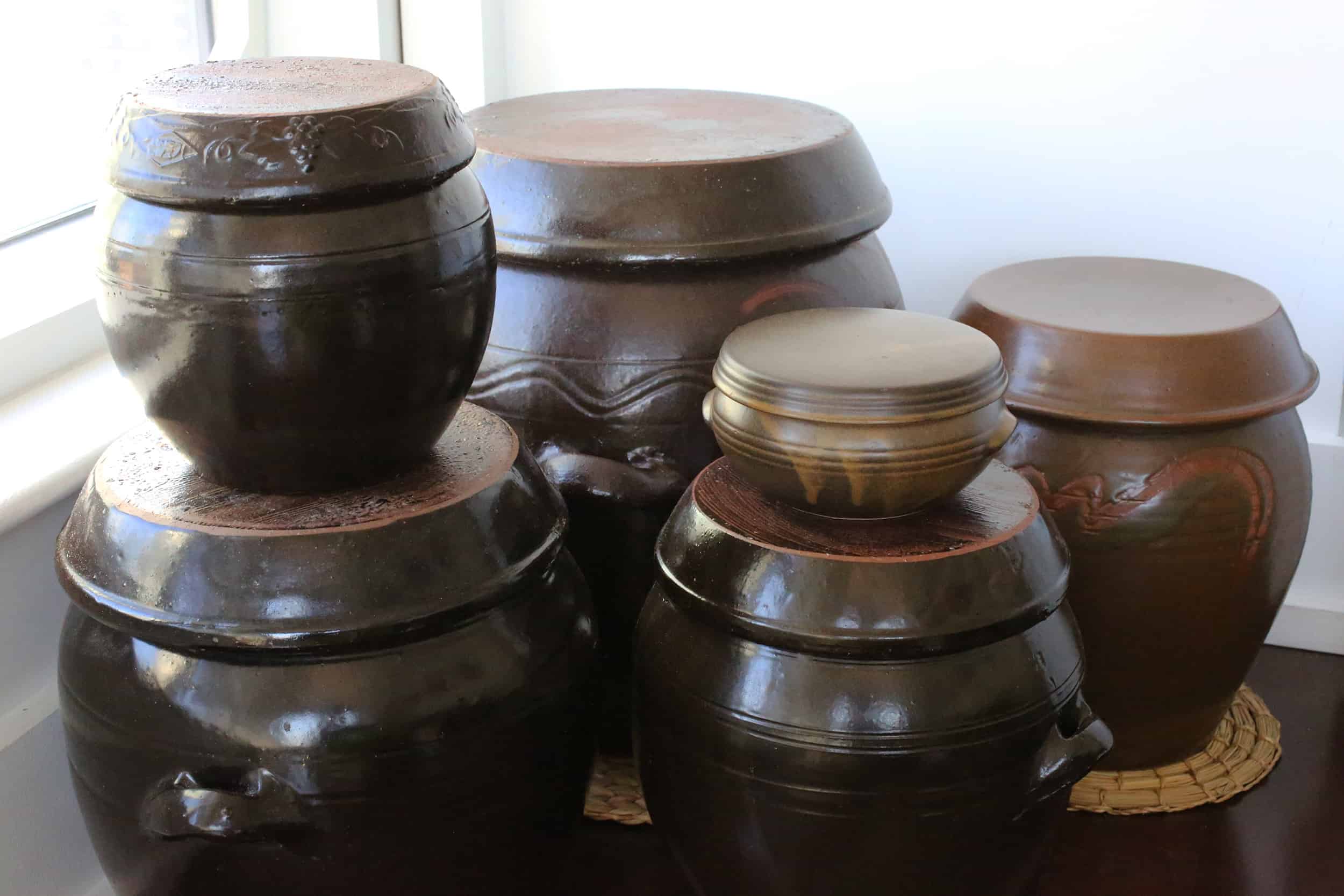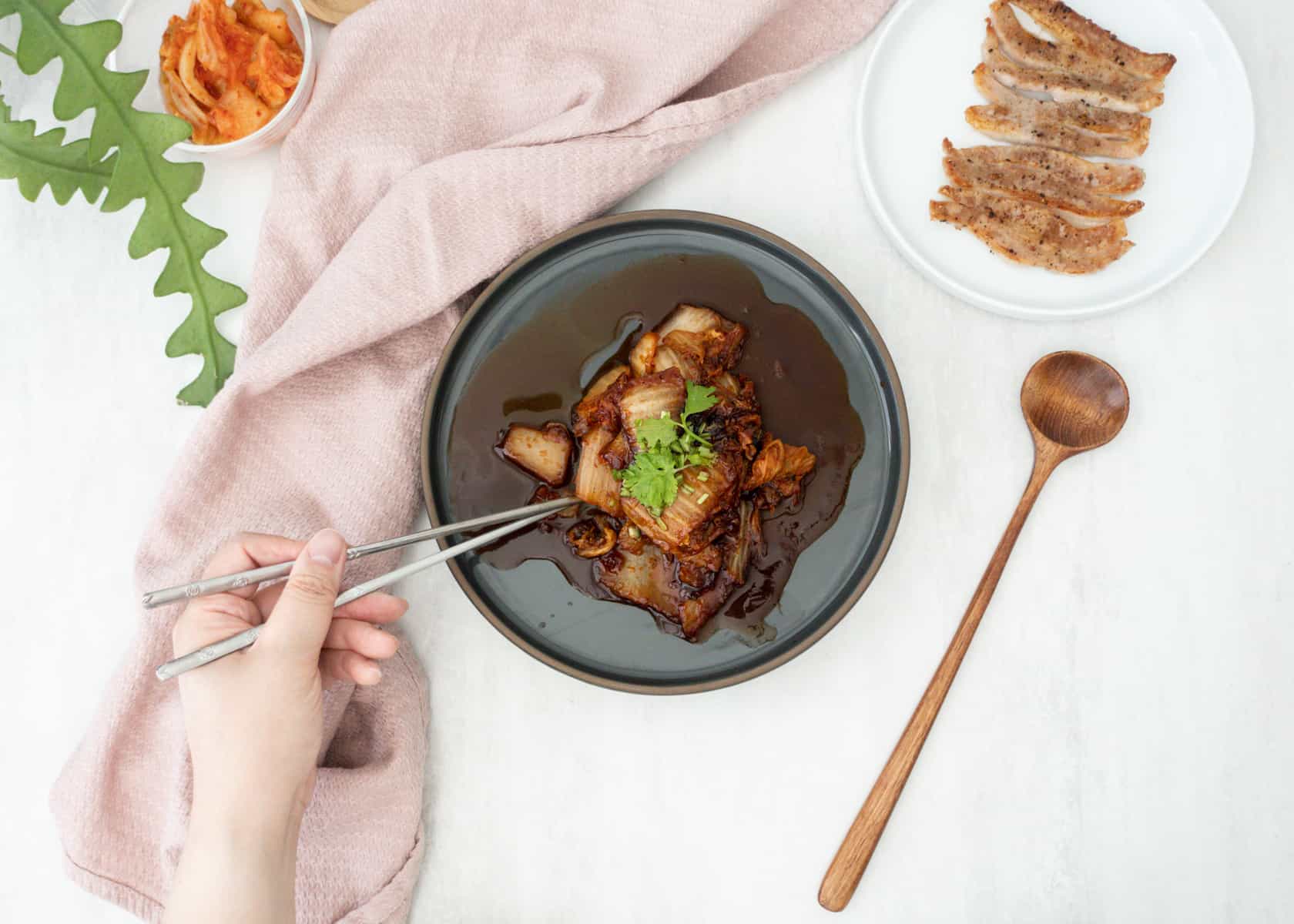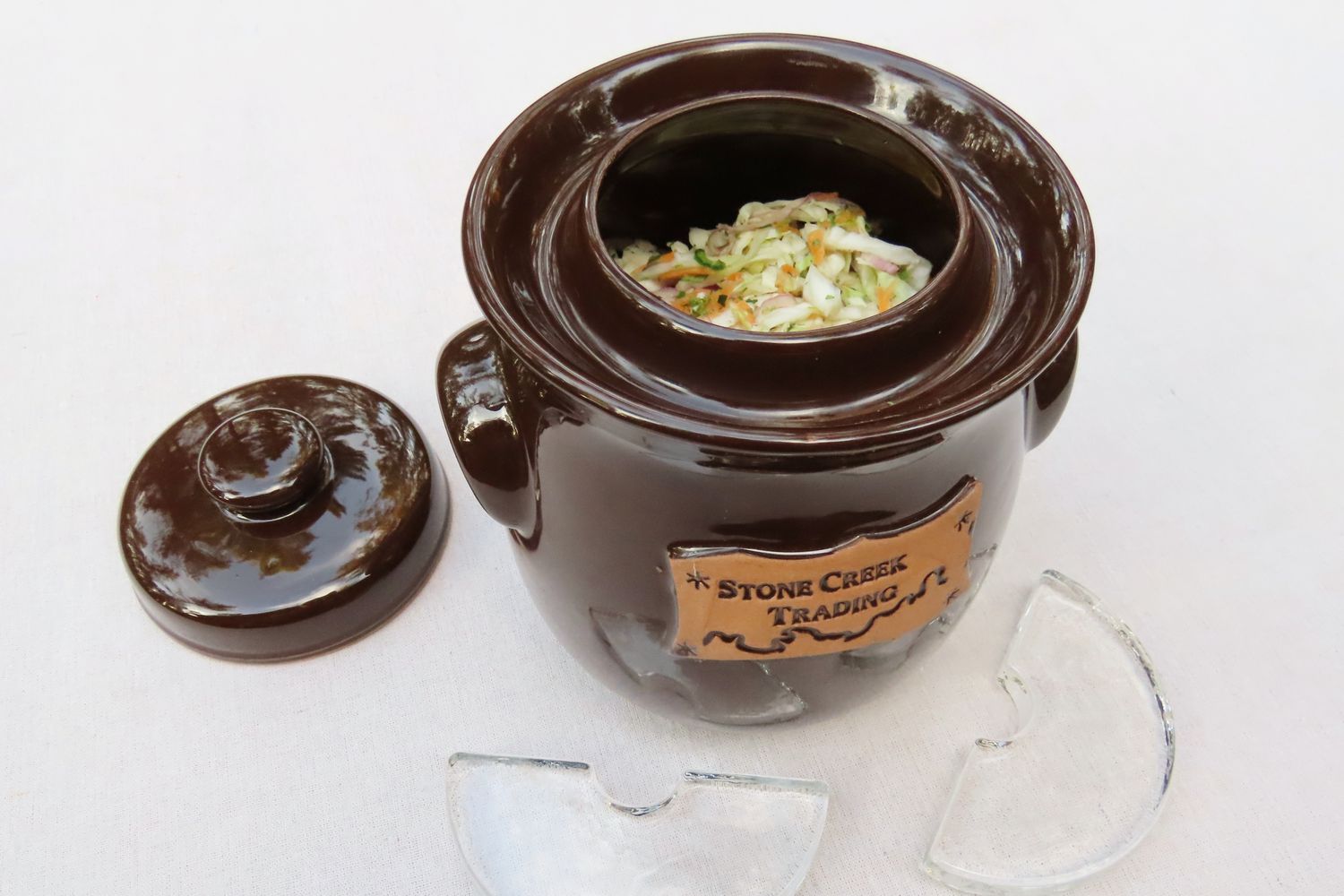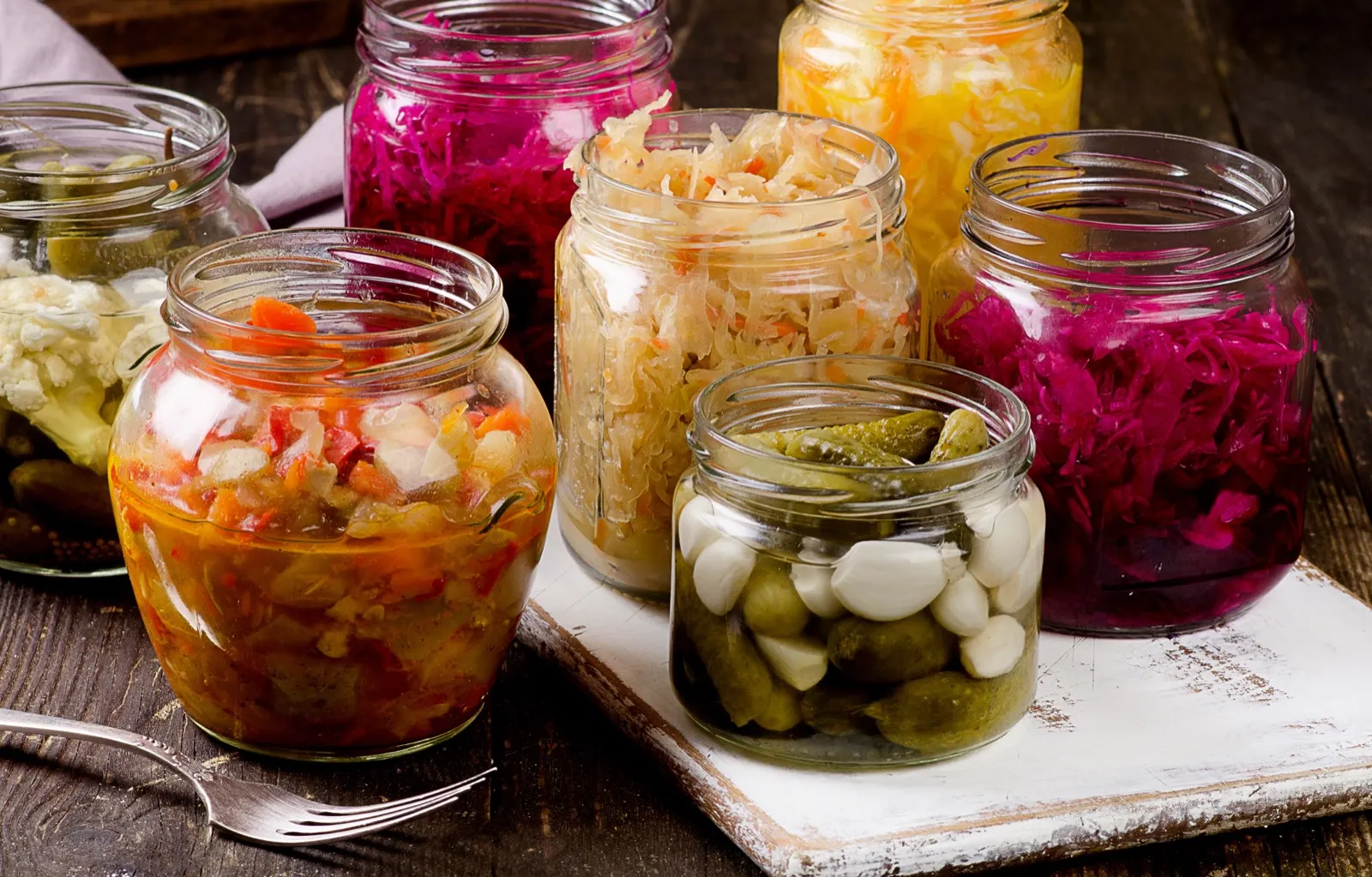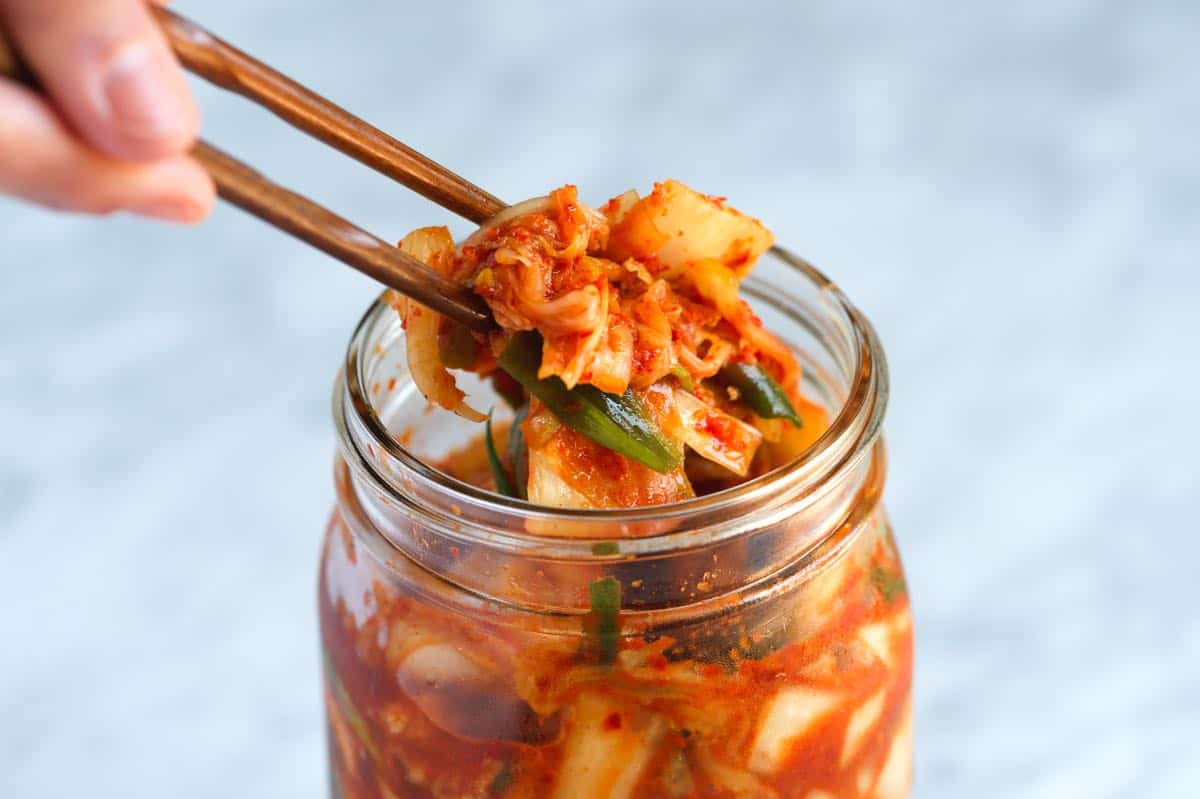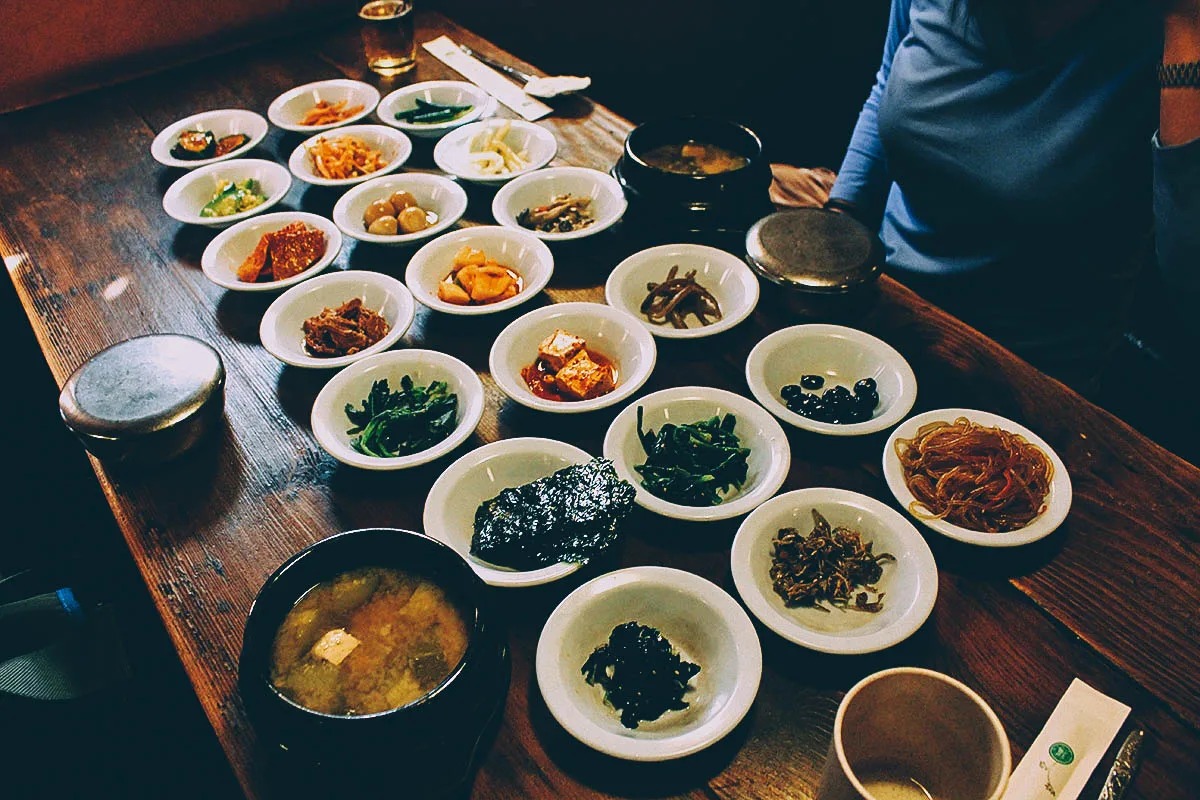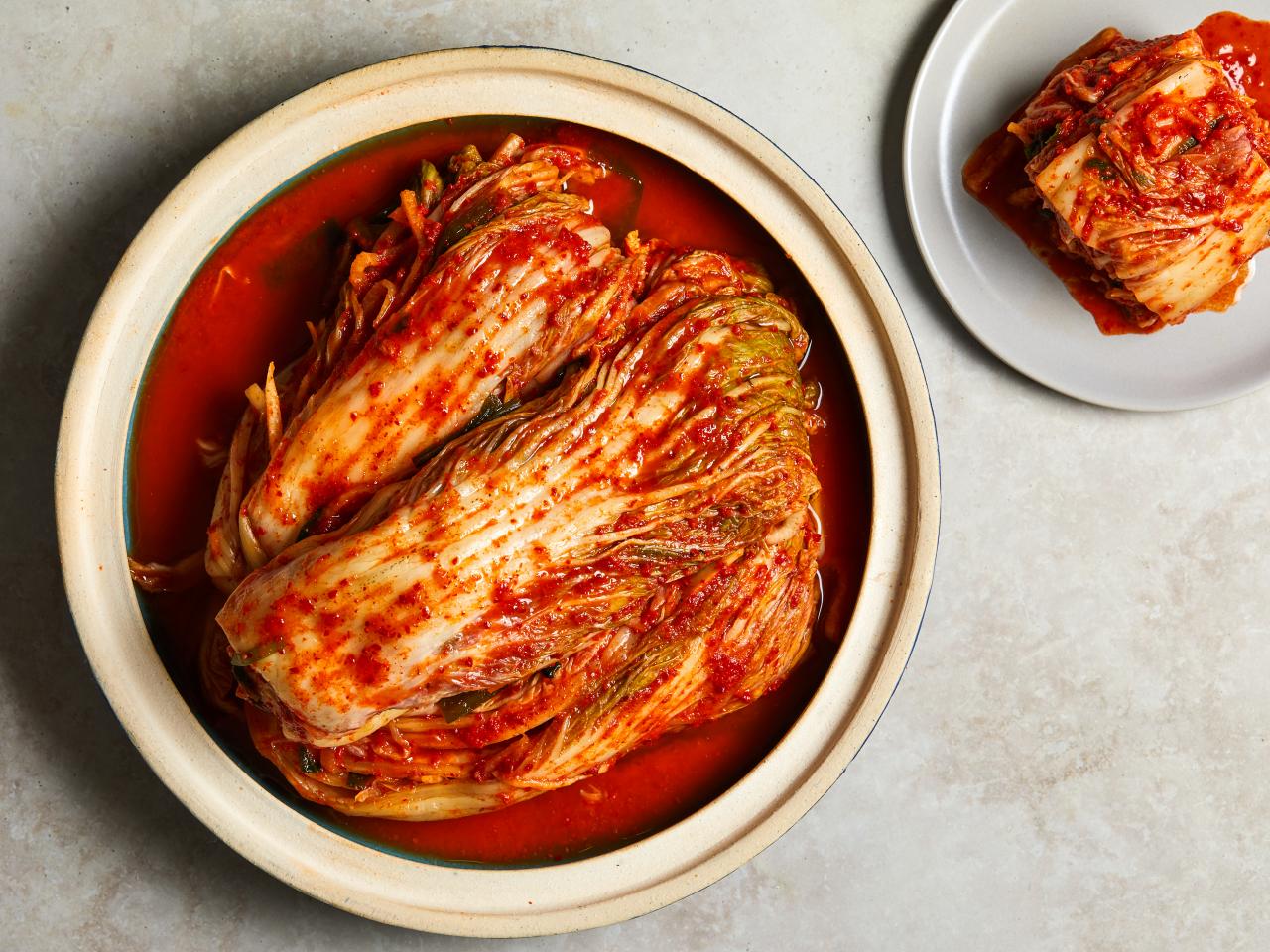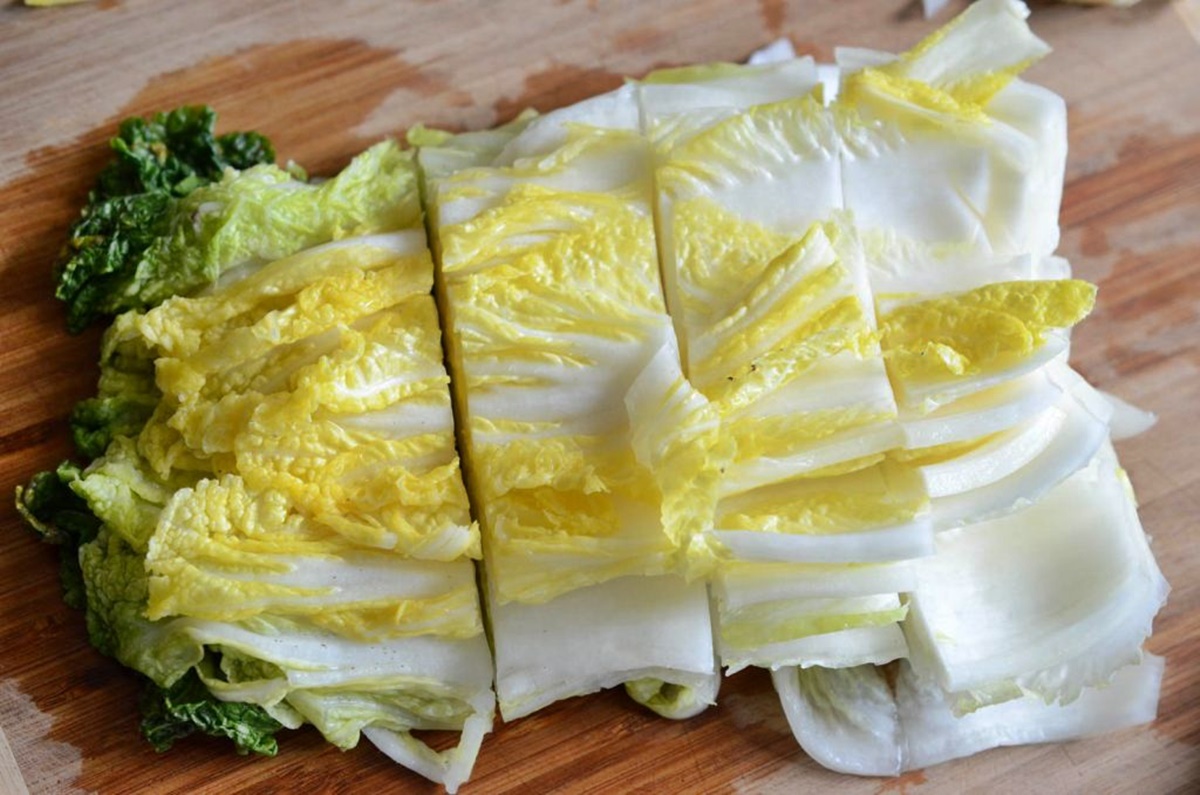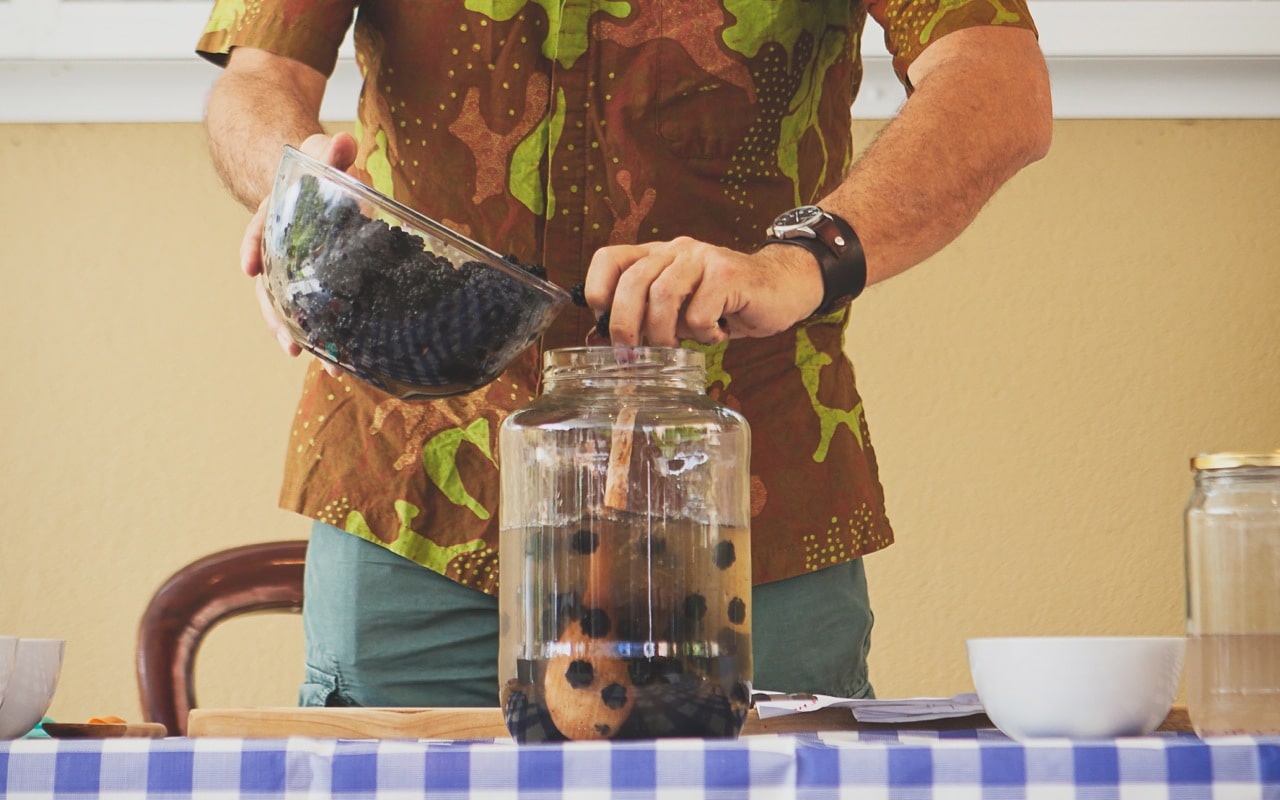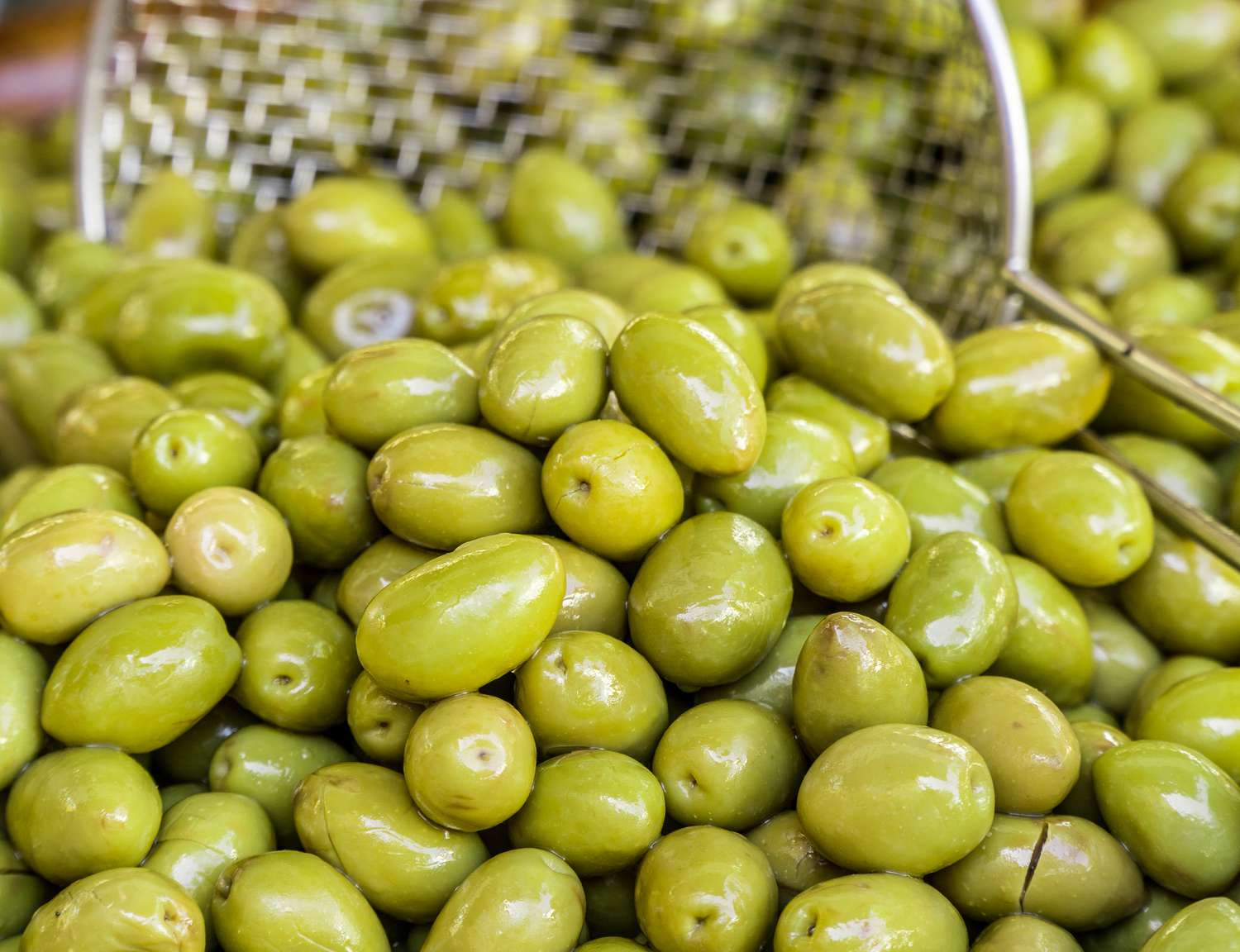Kimchi, a staple in Korean cuisine, offers a burst of flavor and health benefits. This fermented dish, made from vegetables like napa cabbage and radishes, combines spices, garlic, ginger, and fish sauce. Making kimchi at home might seem tricky, but it's simpler than you think. With the right ingredients and a bit of patience, you can create your own batch. Homemade kimchi not only tastes fresher but also allows you to adjust the spice level to your liking. Ready to dive into the world of homemade kimchi? Let's get started on this flavorful journey.
Essential Ingredients for Homemade Kimchi
Vegetables:
- 1 medium Napa cabbage
- 1 large daikon radish
- 4 green onions
Seasonings:
- 1/4 cup sea salt
- 1 tablespoon sugar
- 1 tablespoon grated ginger
- 4 cloves garlic, minced
- 3 tablespoons Korean red pepper flakes (gochugaru)
- 2 tablespoons fish sauce (optional for vegetarian version)
Additional Ingredients:
- 1/4 cup water
- 1 small carrot (optional for added crunch)
Tools You Need for This Recipe
Tools Needed for Mastering the Art of Homemade Kimchi
- Large Mixing Bowl: For combining ingredients.
- Knife: To chop vegetables.
- Cutting Board: Provides a surface for chopping.
- Measuring Cups and Spoons: Ensures accurate ingredient amounts.
- Gloves: Protects hands from chili paste.
- Fermentation Jar: Stores kimchi during fermentation.
- Weights: Keeps vegetables submerged in the jar.
- Colander: Drains water from vegetables.
- Spatula: Mixes ingredients thoroughly.
- Clean Cloth: Covers the jar to allow airflow.
- Kitchen Scale: Measures ingredients by weight.
- Grater: Shreds ingredients like ginger.
- Mortar and Pestle: Crushes garlic and other spices.
- Tongs: Handles vegetables without direct contact.
- Timer: Tracks fermentation time.
Use fresh napa cabbage, daikon radish, and Korean chili flakes. Salt cabbage to draw out moisture. Ferment in a cool, dark place for at least a week for the best flavor.
Why Make Homemade Kimchi?
Homemade kimchi offers health benefits like probiotics for gut health and vitamins from fermented vegetables. Making it at home ensures freshness and control over ingredients.
Creating your own kimchi also allows for customization of flavors and spice levels, making it a unique addition to any meal.
Step-by-Step Guide to Homemade Kimchi
Mastering the Art of Homemade Kimchi
Ingredients:
- Napa cabbage (1 large head)
- Coarse sea salt (1/2 cup)
- Water (4 cups)
- Garlic cloves (5, minced)
- Ginger (1-inch piece, grated)
- Korean red pepper flakes (1/4 cup)
- Fish sauce (3 tablespoons)
- Sugar (1 tablespoon)
- Carrot (1, julienned)
- Green onions (4, chopped)
- Daikon radish (1, julienned)
Step-by-Step Guide:
-
Prepare the Cabbage:
- Cut the Napa cabbage into quarters lengthwise.
- Remove the core from each quarter.
- Chop the quarters into 2-inch pieces.
-
Salt the Cabbage:
- Place the chopped cabbage in a large bowl.
- Dissolve coarse sea salt in 4 cups of water.
- Pour the saltwater over the cabbage.
- Let it sit for 1-2 hours, tossing occasionally.
-
Rinse and Drain:
- After soaking, rinse the cabbage under cold water.
- Drain well and squeeze out excess water.
-
Prepare the Paste:
- In a bowl, combine minced garlic, grated ginger, Korean red pepper flakes, fish sauce, and sugar.
- Mix until a thick paste forms.
-
Add Vegetables:
- Add julienned carrot, chopped green onions, and julienned daikon radish to the paste.
- Mix well to coat all vegetables.
-
Combine Cabbage and Paste:
- Add the drained cabbage to the vegetable-paste mixture.
- Use your hands to thoroughly mix, ensuring every piece of cabbage is coated.
-
Pack the Kimchi:
- Pack the kimchi mixture tightly into a clean, airtight jar.
- Press down to remove air pockets and leave about 1 inch of space at the top.
-
Ferment:
- Leave the jar at room temperature for 1-2 days.
- Check daily and press down to keep the cabbage submerged in its juices.
-
Refrigerate:
- After initial fermentation, transfer the jar to the refrigerator.
- Let it ferment for at least a week before eating.
-
Enjoy:
- Serve your homemade kimchi as a side dish or ingredient in various dishes.
Bringing It All Together
Making homemade kimchi isn't just about following a recipe; it's about embracing a tradition that dates back centuries. With the right ingredients and a bit of patience, you can create a fermented masterpiece that adds a burst of flavor to any meal. Remember to use fresh vegetables, high-quality gochugaru, and let the fermentation process work its magic. Don't be afraid to experiment with different spices and seasonings to make the recipe your own. Whether you're a seasoned chef or a kitchen newbie, homemade kimchi is a rewarding project that brings a taste of Korean culture into your home. Enjoy the process, savor the results, and share your delicious creation with friends and family. Happy fermenting!
Common Questions About Homemade Kimchi
What is kimchi?
Kimchi is a traditional Korean dish made from fermented vegetables, usually napa cabbage and radishes, seasoned with chili pepper, garlic, ginger, and fish sauce. It's known for its spicy, tangy flavor.
How long does it take to make homemade kimchi?
The initial preparation takes about 1-2 hours, but the fermentation process can take anywhere from a few days to a couple of weeks, depending on how tangy you like it.
What are the essential ingredients for homemade kimchi?
You'll need napa cabbage, daikon radish, green onions, garlic, ginger, Korean red pepper flakes (gochugaru), fish sauce, and salt. Some recipes also include sugar or apple for a bit of sweetness.
Can I make kimchi without fish sauce?
Yes, you can substitute fish sauce with soy sauce or tamari for a vegetarian version. Some people also use miso paste or seaweed to add that umami flavor.
How do I know when my kimchi is ready to eat?
Taste it after a few days. If it’s tangy and has a good balance of flavors, it’s ready. If you prefer it more fermented, let it sit for a few more days. Keep it in the fridge once it reaches your desired taste.
How should I store homemade kimchi?
Store your kimchi in an airtight container in the fridge. It can last for several months, and the flavor will continue to develop over time. Make sure to press down the vegetables to keep them submerged in the brine.
Is kimchi healthy?
Absolutely! Kimchi is packed with probiotics, vitamins, and fiber. It’s great for your gut health and can boost your immune system. Just watch out for the sodium content if you're on a low-salt diet.
